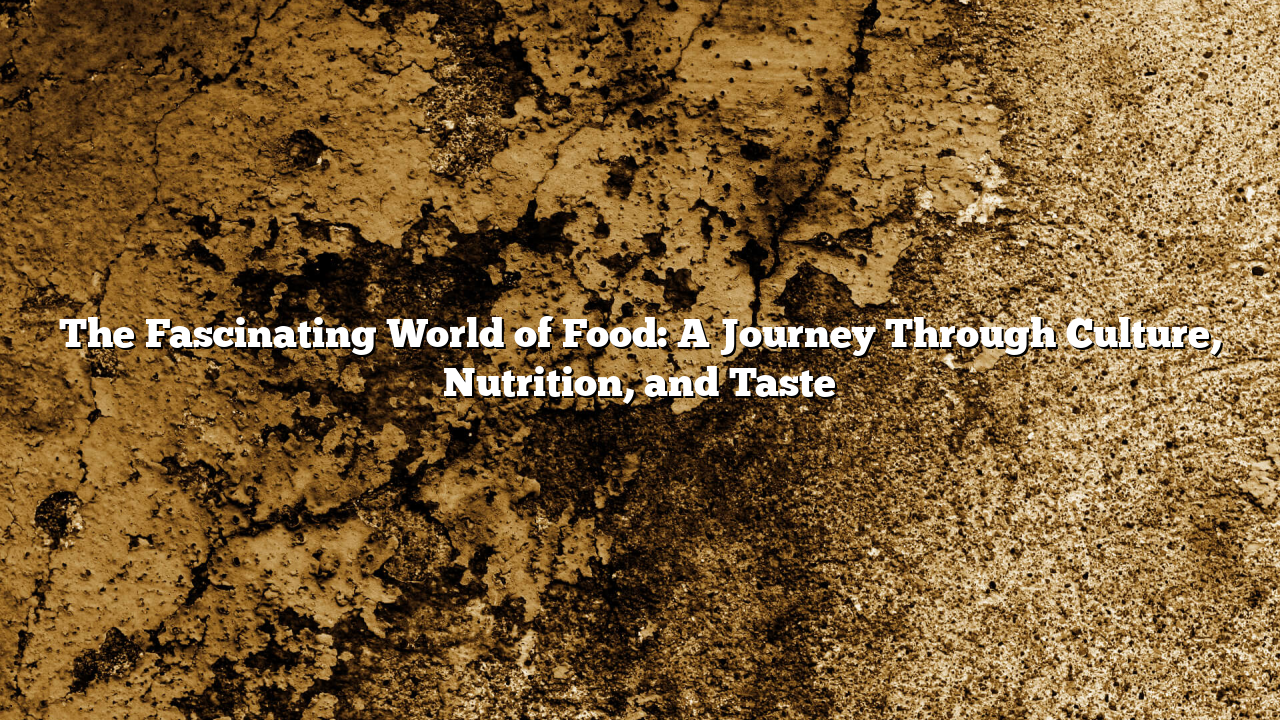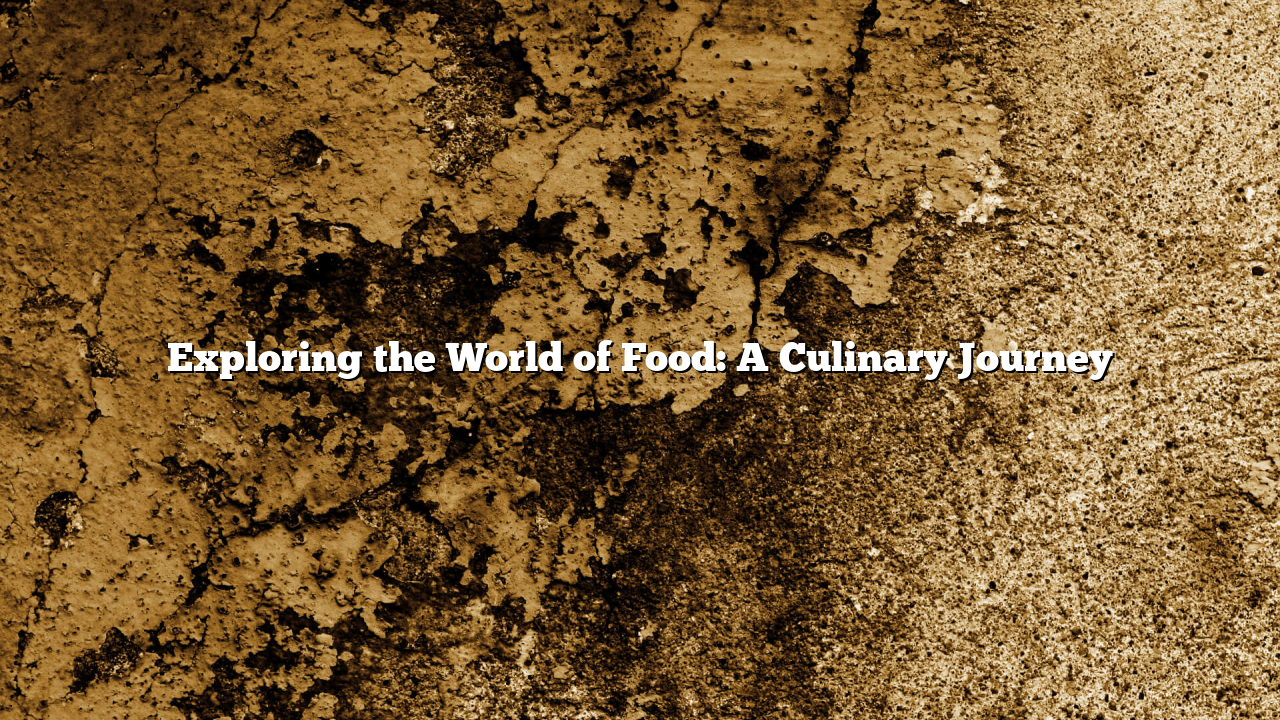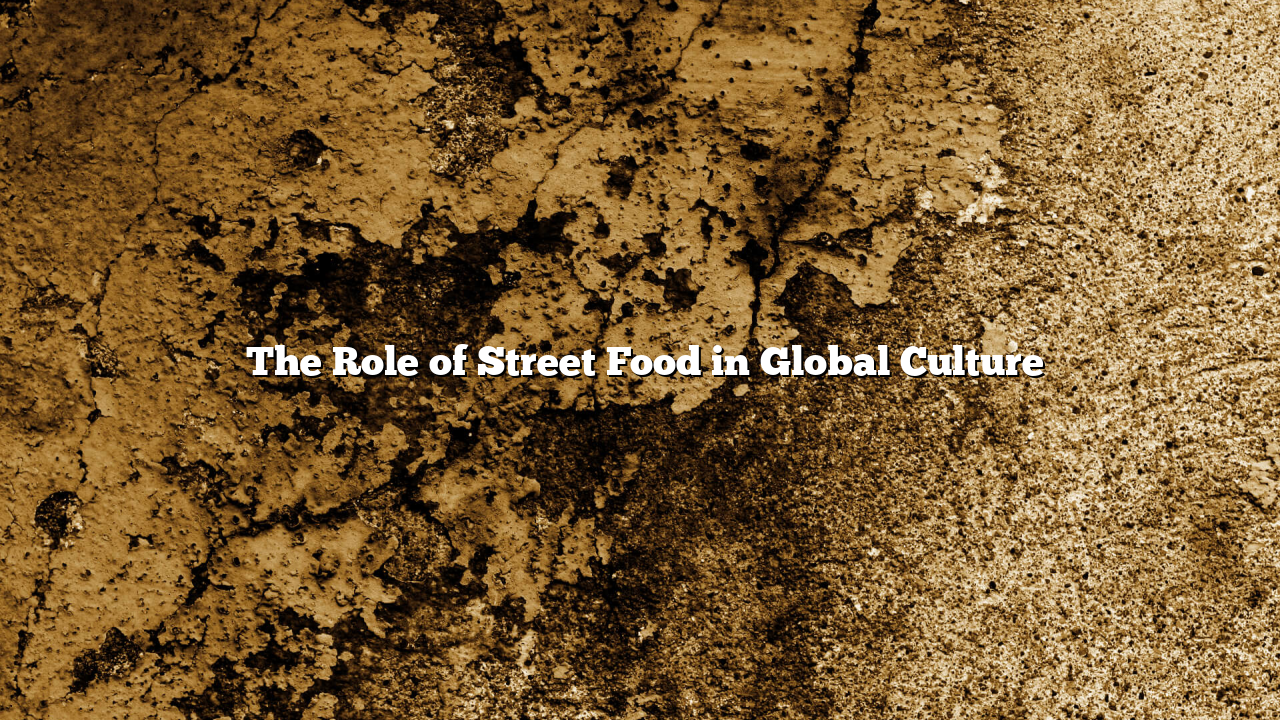When we think about taste, the four basic flavors—sweet, sour, salty, and bitter—come to mind. But have spaceman slot wondered why some foods have an irresistible savory richness that keeps you coming back for more? That’s umami, the fifth taste, which adds depth and complexity to our favorite dishes.
In this article, we’ll explore the science behind umami, its role in different cuisines, and how you can enhance it in your own cooking.
1. What is Umami? 🤔🍛
Umami, a Japanese word meaning “pleasant savory taste,” was first identified by Dr. Kikunae Ikeda in 1908. He discovered that glutamate, an amino acid found in many natural foods, is responsible for this deep, meaty flavor.
Umami is not just a single flavor but an experience—it lingers on the tongue, creates a mouthwatering sensation, and enhances the overall taste of a dish.
2. The Science Behind Umami 🔬🍽️
The umami taste is triggered by glutamate and nucleotides (inosinate and guanylate), which are naturally found in various foods. These compounds interact with special umami receptors on our tongue, creating a sensation of deliciousness.
🔬 Glutamate 🔬 Inosinate 🔬 Guanylate – Found in mushrooms and dried seaweed.
When foods containing these compounds are combined, they enhance each other’s umami flavor, making dishes even more irresistible!
3. Foods Rich in Umami 🍄🧀
Many foods naturally contain umami, especially those that are aged, fermented, or slow-cooked. Here are some of the best umami-rich ingredients:
🍅 Tomatoes 🧀 Parmesan Cheese 🍄 Mushrooms 🐟 Seafood 🥩 Meat 🦪 Fermented Foods 🍵 Seaweed – Kombu, a type of kelp, was the key to Dr. Ikeda’s umami discovery.
By layering these ingredients together, you can create incredibly flavorful dishes.
4. How Umami Enhances Food Flavor 🍽️🔥
Umami isn’t just about making food taste good—it also balances and enhances other flavors. Here’s how:
✅ Deepens Flavor ✅ Reduces the Need for Salt ✅ Boosts Appetite & Satisfaction ✅ Improves Food Pairings – Combining umami ingredients creates an explosion of taste.
This is why chefs love umami—it takes simple ingredients to the next level!
5. Umami in Global Cuisine 🌍🍜
Umami isn’t limited to Japanese food; every culture has dishes rich in umami flavors.
🇯🇵 Japan 🇮🇹 Italy 🇫🇷 France 🇨🇳 China 🇲🇽 Mexico 🇰🇷 Korea – Kimchi, doenjang (fermented soybean paste), anchovy broth.
Every cuisine relies on umami to create mouthwatering dishes!
6. Cooking with Umami: Tips & Tricks 🍳✨
Want to boost umami in your home cooking? Try these expert tips:
📌 Use Fermented Ingredients 📌 Cook Slowly 📌 Pair Foods Rich in Glutamate & Inosinate 📌 Try Umami Seasonings 📌 Roast & Caramelize – Roasting onions, garlic, and tomatoes unlocks more umami.
A little umami goes a long way in transforming everyday dishes into gourmet meals!
7. The MSG Debate: Is It Safe? 🧐
MSG (monosodium glutamate) is a concentrated form of umami used in cooking. Despite past controversies, scientific research confirms that MSG is safe to consume and can be a useful tool in flavor enhancement.
🔹 MSG Myths Debunked 🔹 Natural MSG Sources 🔹 Balanced Usage – Like salt, MSG should be used in moderation to enhance food.
MSG is widely used in Asian and processed foods—but natural umami sources remain the best way to build flavor!
8. Conclusion: Umami, The Taste of Satisfaction 😋
Umami is the secret weapon of delicious food—it deepens flavor, balances taste, and makes meals unforgettable. Whether you’re making a bowl of ramen, a classic Italian pasta, or a rich French stew, umami is what makes the dish truly satisfying.
What’s your favorite umami-rich dish? 🍕🍜 Let me know!










Leave a Reply